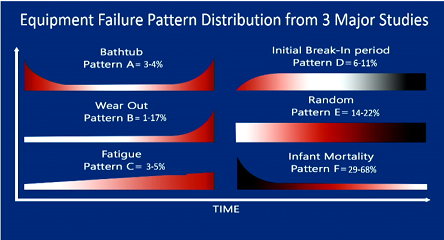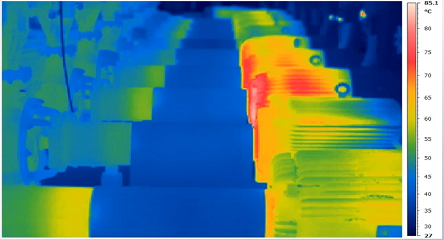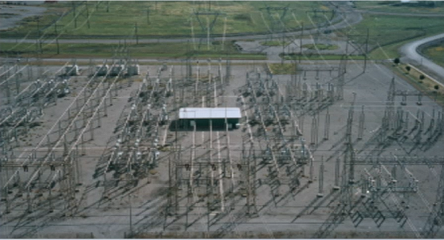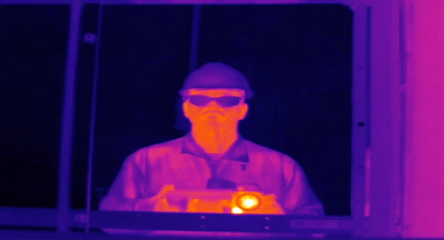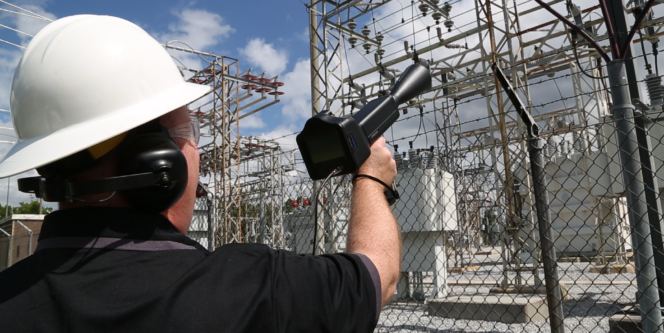About the Author
Jason Tranter is the founder and CEO of Mobius Institute. Jason is the author of the majority of the Mobius Institute training courses and e-learning products covering reliability improvement, condition monitoring, and precision maintenance topics. Over 43,000 people (as of 2021) have been formally trained in these courses, and many thousands more have been educated via the elearning courses. Plus, thousands have read articles, attended conference presentations, and watched videos and webinars on many sites, including cbmconnect.com, reliabilityconnect.com, Mobiusconnect.com and YouTube (over 1.3 million views).
READ FULL BIO
